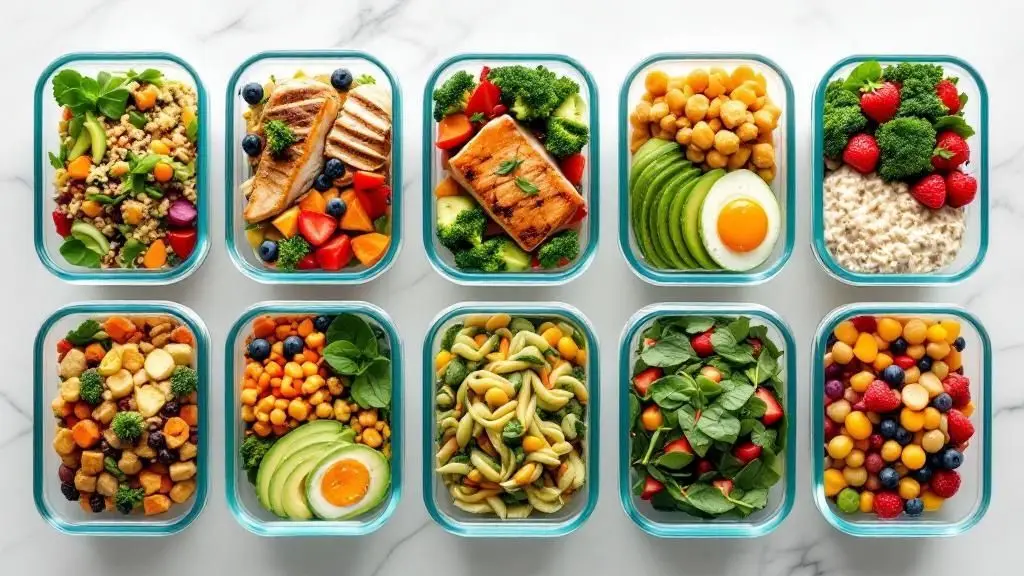
Pinot Noir: From Its Origins to Modern Delights
- Oct 9, 2024
Over the centuries, there's little doubt that Pinot Noir has captivated wine enthusiasts worldwide. Its roots stretch back to Burgundy, where the much sought-after Grand Crus command some of the last word in wine pricing.
But Pinot Noir is not exclusive to Europe; it has found a home in various regions from America's Pacific Northwest to the vineyards of New Zealand. Despite being a more demanding grape to nourish compared to staple varieties like the Cabernet Sauvignon, Pinot Noir's payoff remains unparalleled. Given just the right soil and a chillier climate, this beloved grape can yield wines worthy of acclaim. It even lends it's unique touch to the most exquisite Champagnes.
Renowned widely for its red wines, Pinot Noir also brings character to rosé, blending intensity with subtlety. An enjoyably complex example is the Inman Family "Endless Crush" OGV Estate Rosé. However, Pinot Noir's allure predominantly lies in its red wine manifestations, tantalizing collectors and wine lovers alike with its range, from modest, fruity options to the kind that makes your wallet shiver.
Whether it's the legendary Grand Cru vineyards such as Romanée-Conti or Richebourg in Burgundy, or the strict Champagne varietals of Bollinger's impressive PN VZ16, Pinot Noir's versatility shines through in myriad forms. In America, take a trip to Sonoma County, Santa Barbara County, or Oregon's Willamette Valley to find exceptional Pinot Noir versions. Looking South? Don't ignore Chile and New Zealand's Central Otago, where a whole new realm of Pinot Noir awaits to be discovered.
Despite the challenges posed in its fostering process, Pinot Noir can yield both bright, fruit-forward, easy-to love wines, as well as those meant to last for ages, showing evolution with time. From rosé and Champagne to red Pinot Noir across a variety of styles and price points, Pinot Noir is a truly diverse beast.
Still, quality Pinot Noir may lean towards the pricier side compared to Cabernet Sauvignon and Syrah counterparts, due, in part, to the demanding steps of its cultivation. However, its distinct higher acidity and relatively tamer tannins make it a match for a wide array of foods, disproving the old saying that red wine pairs best with meat alone. Perfect examples are salmon, mushrooms, and game meats. Combined with duck or pork tenderloin, a top-grade Pinot can elevate any meal.
While many Pinot Noirs are made to be enjoyed immediately, others are crafted for the long haul, built to age gracefully for decades. Collectors and investors alike prize these, especially those esteemed labels from Burgundy. Nonetheless, they are, at the heart of it all, meant to be relished, not just stored away.
Flourishing in cooler climates, prime Pinot Noir locales exist in Burgundy, Sonoma Coast, Oregon's Willamette Valley, New Zealand's Central Otago, among others. The grape's high acidity contributes more to its structure than any strong tannic element. Common notes include cherries, red berries, flowers, earthy tones, and even tea. A bottle of Pinot Noir should be served just above cellar temperature to accentuate its freshness.
Regardless of the glass used, Pinot Noir's appeal remains. There are myriad iconic Pinot Noir wines in today's market; Dutton Goldfield, Sea Smoke, Nicholas Keeler, Craggy Range, and Burgundy's reputable Jadot are just a few names worth checking out, each offering their unique take on Pinot Noir's diverse potential.






